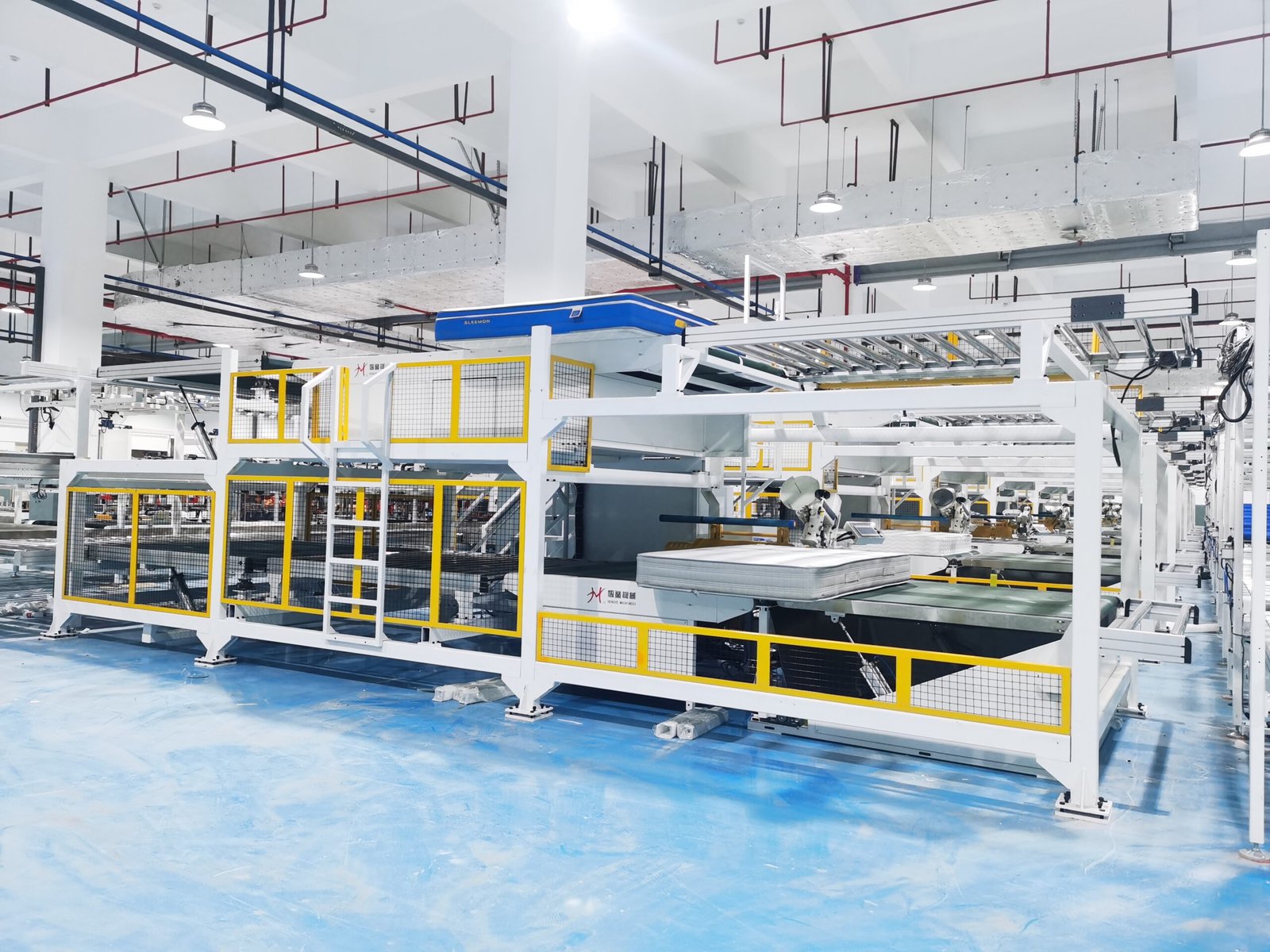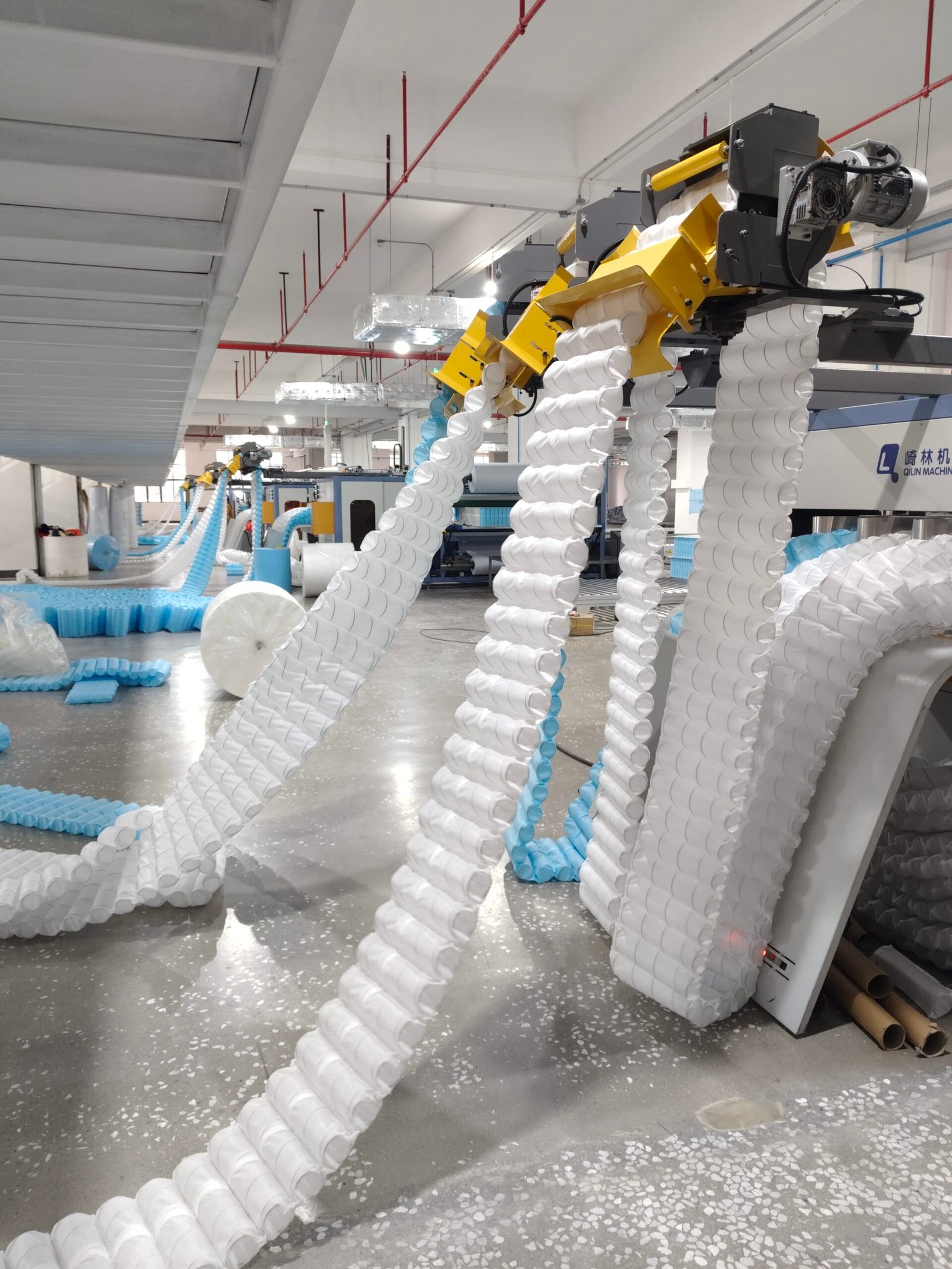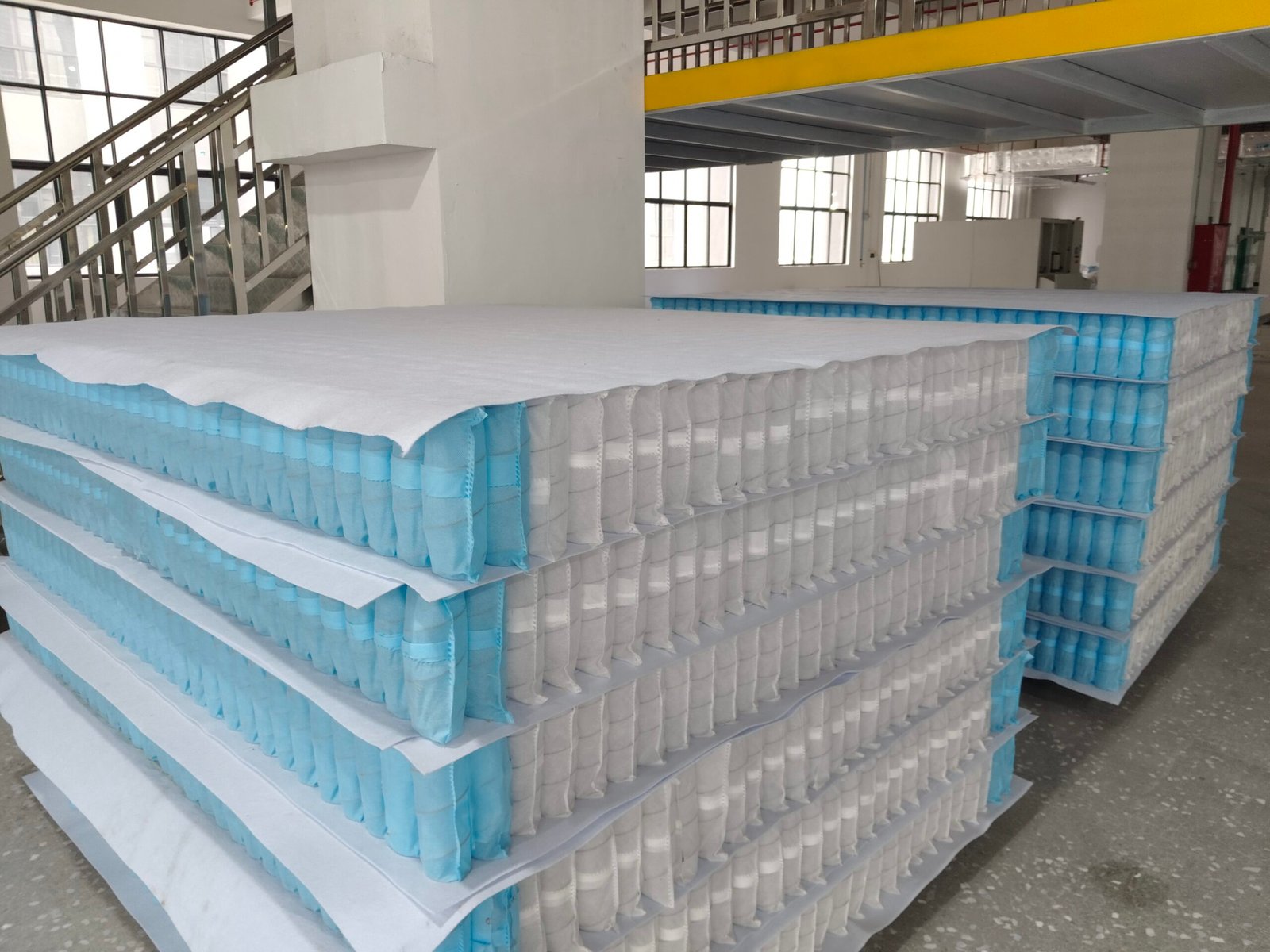
Technology is moving fast, even in the world of springs. Mattress spring machinery is getting smarter, faster, and greener than ever.
The latest innovations in mattress spring machines are redefining precision, boosting efficiency, and driving sustainability through smart automation and modular design.
Modern factories are upgrading not just to meet demand—but to build better beds and reduce waste. Here’s how.
How Are Automated Spring Coiling Machines Changing Production?

Modern spring coiling machines can now produce hundreds of springs per minute with nearly zero variation.
Key improvements include:
- CNC-controlled coiling for micro-level accuracy
- Adjustable settings for different coil diameters and pitches
- Consistent performance with minimal operator input
These machines reduce material waste, ensure tight quality control, and operate 24/7, making them essential for high-volume manufacturers.
Benefits:
| Feature | Result |
|---|---|
| CNC automation | Precision and repeatability |
| Programmable spring types | Flexible production lines |
| Reduced human labor | Lower cost, fewer errors |
What Role Does IoT and Smart Sensor Technology Play?
Machines today talk to each other—and to the cloud. Smart sensors and IoT platforms are helping factories:
- Monitor temperature, coil tension, vibration
- Predict machine failures before they happen
- Remotely adjust production parameters
By integrating real-time data tracking, manufacturers can keep efficiency high while preventing unplanned downtime.
Predictive maintenance alone can reduce machine failure rates by over 50%.
How Are Energy-Efficient Motors and Drives Improving Sustainability?
Energy use is one of the biggest operational costs—and carbon contributors—in any mattress plant.
Innovations include:
- Variable Frequency Drives (VFDs) that reduce idle load
- Servo motors that use less electricity during low-demand periods
- Regenerative braking systems that recycle energy
These upgrades can cut power consumption by up to 30%, helping factories reduce both costs and emissions.
What Advanced Materials Are Being Used for Springs?
While traditional carbon steel remains standard, manufacturers are now using:
- High-tensile steel for greater durability
- Galvanized wire to prevent rust
- Composite blends for lighter, custom-tensioned coils
These materials create longer-lasting springs and reduce returns due to sagging or breakage.
Material Comparison Table:
| Material | Strength | Corrosion Resistance | Weight |
|---|---|---|---|
| Standard Steel | Medium | Low | High |
| Galvanized Steel | High | Medium | High |
| High-Tensile Wire | Very High | Medium | Moderate |
| Composite Blends | Moderate | High | Low |
What Are the Benefits of Modular Machine Design?

Modular machines allow factories to:
- Replace one part without replacing the whole machine
- Upgrade sections to meet new spring types
- Reduce repair time and downtime
This also enables faster training, simpler maintenance, and lower total cost of ownership.
For growing operations, modularity means scalability.
How Is Precision Control Improving Quality?
Precision control systems monitor every twist of the spring in real time. Features include:
- Laser alignment systems
- AI-based defect detection
- Digital feedback loops for spring tension and length
This leads to near-zero tolerance variance, resulting in mattresses that feel the same, every time.
Is Noise Pollution Being Addressed?
Older spring machines are loud. Newer models come with:
- Sound-dampening enclosures
- Soft-start motors to reduce vibration
- Rubber isolators and acoustic panels
This improves working conditions and reduces the environmental impact of noise on nearby communities.
What Safety Features Are Being Added?
Safety is being redesigned into every layer of the machine:
- Automatic shutdown on overload
- Emergency stop buttons placed on every side
- Safety doors with magnetic locks that disable motion
Some machines even include light curtains that immediately halt the machine when something crosses into the danger zone.
How Fast Are High-Speed Spring Machines Now?
With digital synchronization, modern machines can produce:
- Pocket springs: up to 110 springs per minute
- Bonnell coils: 90–120 coils per minute
- Continuous springs: high-speed inline forming and cutting
Coupled with automatic cutting and gluing stations, these systems drastically shorten lead times.
Are There Eco-Friendly Manufacturing Processes Emerging?
Yes. More factories now adopt:
- Water-based adhesives instead of solvent-based glues
- Recycled PET fabric for spring pockets
- Closed-loop cooling systems to conserve water
- Steel recycling lines for offcut recovery
Some systems also support on-demand production, which helps reduce overproduction and waste.
Conclusion
Mattress spring machinery is entering a new era—automated, modular, and green. For manufacturers ready to evolve, the future holds better sleep, lower costs, and less waste.
